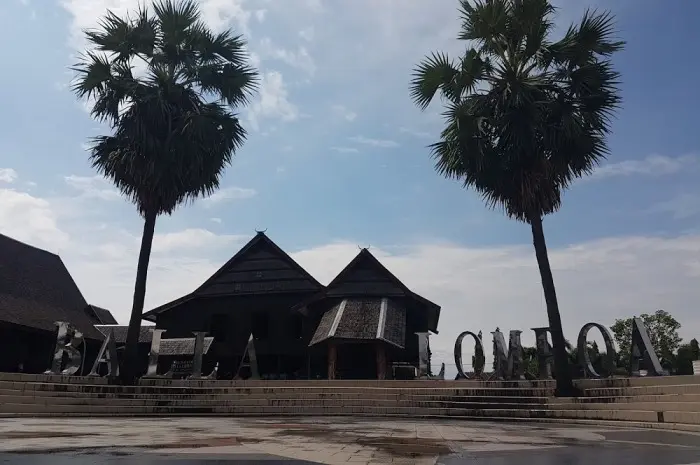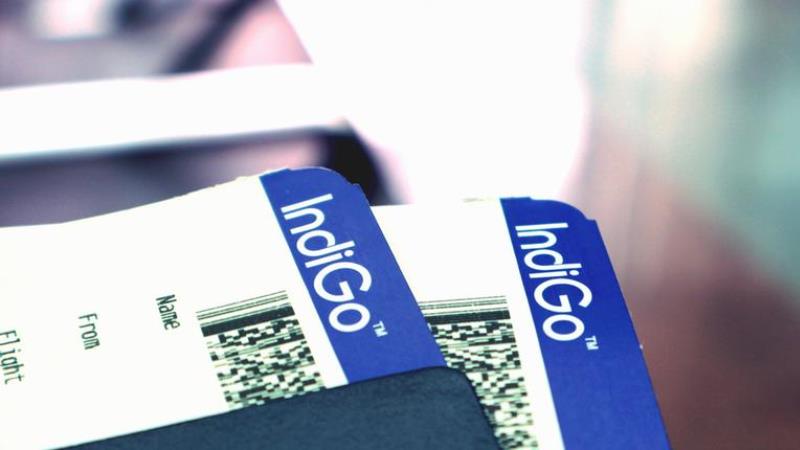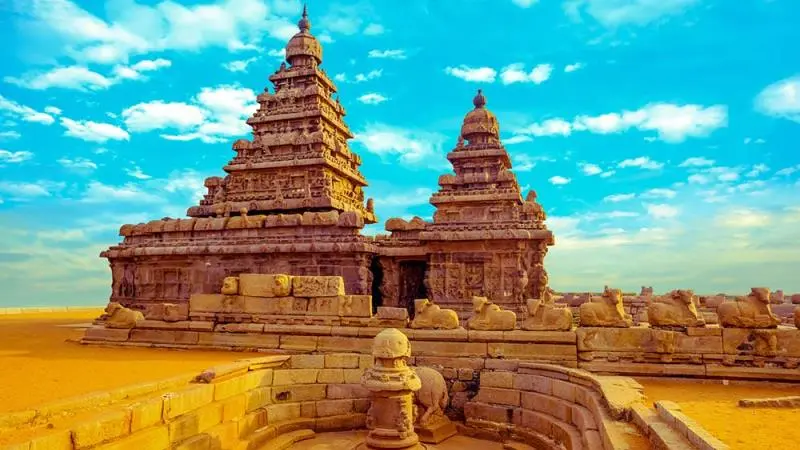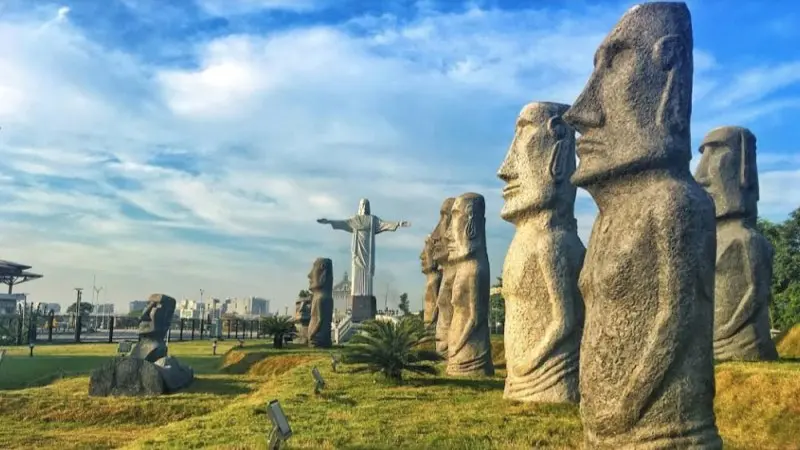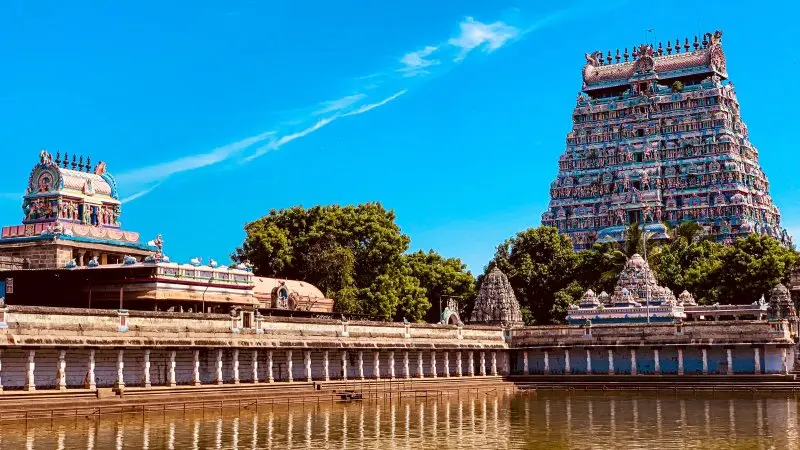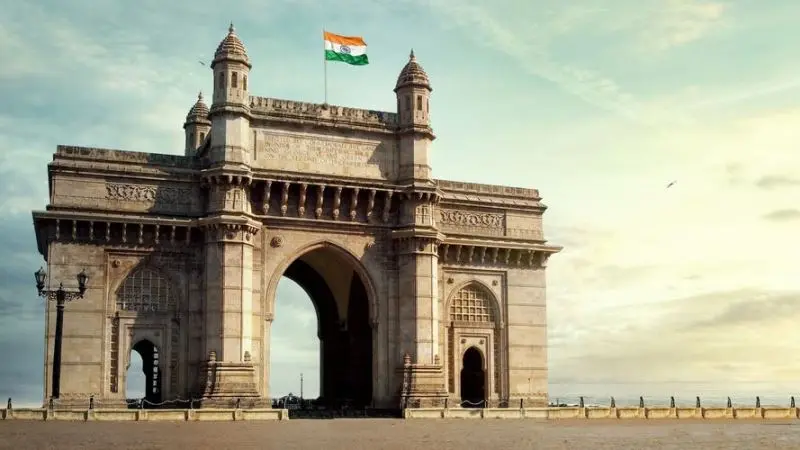Explore various historical tourist destinations in Gowa that are full of stories, from magnificent forts to the tombs of kings, which hold traces of past glory.
Gowa Regency, one of the historical areas in South Sulawesi, is known as the center of the glory of the Gowa-Tallo Kingdom.
With historical traces that are still preserved until now, Gowa is a tourist destination that is full of cultural and historical values. Here are 10 historical tours in Gowa that you should visit to feel the grandeur of the past.
1. Fort Rotterdam
Fort Rotterdam, a historical icon in Gowa, was built during the 10th King of Gowa, as protection against enemy attacks. Originally made of clay, the fort was later reinforced with hard rock from the Karst Mountains in Maros on the orders of Sultan Alauddin.
This fort, formerly called “Jum Pandan”, was changed to Fort Rotterdam when the Dutch controlled the area.
During the colonial period, this fort functioned as the center of government, defense headquarters and residence of Dutch officials.
Today, Fort Rotterdam is a museum that houses a collection of prehistoric history, ancient weapons, and various artifacts from the Gowa-Tallo Kingdom. You can also visit the La Galigo Museum inside the fort complex to learn more about the history of South Sulawesi.
2. Makassar City Museum
Makassar City Museum, located in the former City Hall Building, is a witness to the history of Makassar City. Opened in 2000, the museum displays collections that include photos of the city’s development, ancient currency, and archaeological artifacts.
On the first floor, you will find documents and photos that depict the transformation of Makassar City from time to time.
While on the second floor, there is the work desk of the first mayor of Ujung Pandang and other documentation. Visiting this museum is an interesting way to understand the history and culture of the local community.
3. The Tomb of Prince Diponegoro
Prince Diponegoro’s tomb is the final resting place of one of Indonesia’s greatest national heroes. Prince Diponegoro was exiled to Makassar after being captured in 1830 in Magelang. He died in this city in 1855.
This tomb is not only a place of pilgrimage, but also reminds visitors of his heroic struggle against colonialism. In this complex, you will also find the tombs of Prince Diponegoro’s wife and descendants, making it a place full of historical value.
4. Tallo Kings Tomb Complex
The Tallo Kings’ Tomb Complex is the burial location of the rulers of the Tallo Kingdom from the 17th to 19th centuries. The complex has a unique architecture that resembles a temple, decorated with Arabic calligraphy and plant and vine ornaments.
As an important historical site, the complex has been restored several times to preserve its beauty. Here, you can find around 78 tombs, although only a few can be identified. A visit to this tomb provides deep insight into the history of the Gowa-Tallo Kingdom.
5. Mandala Monument
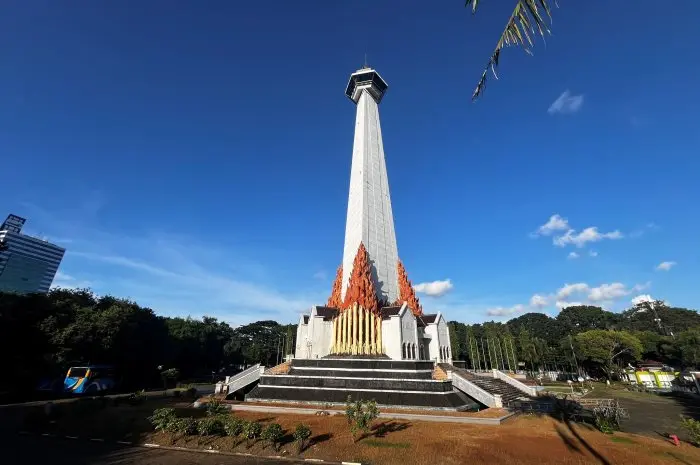
The Mandala Monument, inaugurated in 1995, is a symbol of the struggle for the liberation of West Irian. The monument was built on the site of the former Mandala Command Headquarters, where military operations to integrate West Irian into Indonesia were planned.
This 75-meter-high monument has four floors that contain dioramas, reliefs, and a replica of Panglima Mandala’s work space. From the top floor, you can enjoy the view of Makassar City. This monument is a real reminder of the spirit of unity and struggle of the nation.
6. La Galigo Museum
Located inside the Fort Rotterdam complex, the La Galigo Museum is a place rich in historical information. The museum displays a collection of ethnic relics from the Bugis, Makassar, and Toraja, such as traditional weapons, traditional clothing, and jewelry.
The museum also has modern facilities such as air conditioning, which makes visitors comfortable while exploring the collection. For both students and general tourists, the La Galigo Museum offers an interesting and comprehensive historical education.
7. Balla Lompoa Museum
Balla Lompoa Museum is a former palace of the Gowa Kingdom that has been converted into a museum. With the typical Bugis-Makassar stilt house architecture, this museum houses many historical relics, such as ancient cannons, spears, and royal jewelry.
Visitors can also enjoy interesting photo spots in this museum. In addition, a visit to the Balla Lompoa Museum provides an opportunity to understand the glory of the Gowa Kingdom more closely.
8. Babul Firdaus Mosque
Babul Firdaus Mosque, also known as Gowa Jongaya Mosque, is the oldest mosque in Gowa. Built in 1893 by the 34th Sultan of Gowa, this mosque has an architecture that retains some of its original elements even though it has undergone three renovations.
With an area of 750 square meters, this mosque is an important spiritual symbol for the local community. The iconic mosque tower and mihrab reflect the long history of Islam in Gowa.
9. Makassar Cathedral Church
Makassar Cathedral Church is a symbol of the Catholic presence in South Sulawesi since the late 19th century. Built in a Gothic architectural style, this church can accommodate up to 2,500 worshipers.
The renovations carried out on this church have maintained its authenticity while increasing its capacity. Makassar Cathedral Church is not only a place of worship, but also a historical tourist destination that amazes with its beautiful architecture.
10. Xian Ma Temple
Xian Ma Temple, also known as Vihara Istana Naga Sakti, is the oldest place of worship for the Chinese community in Makassar. Founded in 1864 by Kapitan Lien Lu Chang, the temple is a symbol of cultural harmony.
This temple is decorated with complete statues of gods and artistic Chinese ornaments. A visit to Xian Ma Temple provides insight into the cultural heritage and history of the Chinese community in Makassar.
Historical tourism in Gowa offers the opportunity to explore a past full of glory and struggle. From historic Somba Opu Fort to iconic places of worship, each location holds an invaluable story.
A visit to these 10 destinations will not only enrich your knowledge of history, but also provide an in-depth experience of Gowa’s rich culture and traditions.

